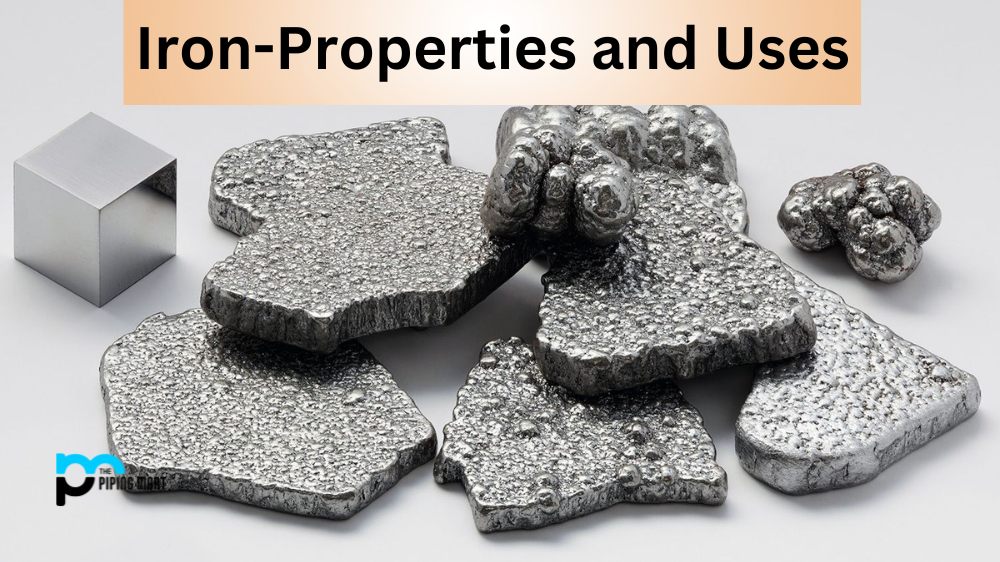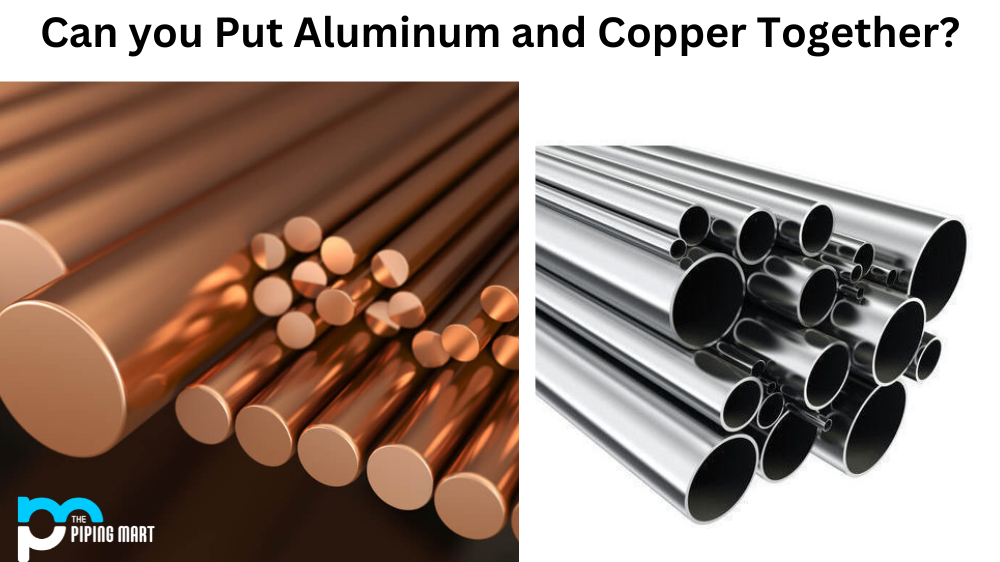Iron is an element that appears in various products, from everyday tools and appliances to sophisticated automotive components. But what exactly is iron? How does it behave chemically and physically? In this blog post, we will answer these questions and more as we take a closer look at the element known as iron.
Physical Properties of Iron
Iron is a silvery-gray metal with an atomic number of 26. It has a melting point of 1538°C (2800°F) and a boiling point of 2862°C (5182°F). Iron has four allotropic forms—alpha, gamma, delta, and epsilon—and can be found naturally in meteorites but most often occurs as a mineral ore. When heated in air, it oxidizes to form rust. Iron also has several magnetic properties; it becomes magnetized when exposed to an external magnetic field.
The physical properties of iron metal are as follows:
- Iron is a chemical element with the symbol Fe and atomic number 26.
- It is a metal that belongs to the first transition series and group 8 of the periodic table.
- It is by mass the most common element on Earth, forming much of Earth’s outer and inner core.
- It is the fourth most common element in the Earth’s crust.
- Iron has magnetic properties, and this metal is attracted to magnets.
- Iron is used in a variety of applications, including the production of steel, cast iron, and wrought iron.
- The physical properties of iron are: a melting point of iron is 1538 ̊C, a boiling point of iron is 2862 ̊C, a specific gravity of 7.874 (at 20 ̊C), hardness of 4-5 on the Mohs scale, and tensile strength of 74-130 GPa.
Chemical Properties of Iron
Iron is very reactive and forms compounds with many other elements easily. It reacts with oxygen to form ferrous oxide (Fe2O3), which then further oxidizes to form ferric oxide (Fe3O4). This reaction produces heat which makes it useful for welding applications. Iron also reacts with chlorine and sulfur forming iron chloride (FeCl2) and iron sulfide (FeS), respectively. Both reactions produce highly corrosive substances that are not suitable for everyday use or consumption. Furthermore, when heated strongly in air, iron melts into an amalgam composed mostly of Fe3O4 particles, which have low electrical conductivity.
The chemical properties of iron metal are as follows:
- Iron is a chemical element with the symbol Fe and atomic number 26.
- It is a metal that belongs to the first transition series and group 8 of the periodic table.
- Iron shows the characteristic chemical properties of transition metals, namely the ability to form variable oxidation states and complexes.
- The oxidation states of iron range from −2 to +6, but it is most commonly found in the +2 and +3 states.
- Iron forms compounds in a wide range of oxidation states, from −2 to +7.
- The most common oxidation states of iron are +2 and +3, but iron can also exist in other oxidation states, such as +0, +1, +4, +5, and +6.
10 Uses of Iron
Iron is an indispensable resource that has been used since ancient times. It’s one of the most abundant elements in the universe and is essential for building a wide variety of objects and structures. Some common uses of iron include reinforcing steel frames, producing car bodies, manufacturing tools, making magnets for wind turbines, creating electric motors and machines, providing insulation for cables and wires, and even helping to build spacecraft. Its numerous advantages have made iron the go-to material when it comes to designing products that need strength, durability, and corrosion resistance. Furthermore, its malleability allows engineers and artisans to manipulate it into different shapes easily. These properties make it an invaluable asset to human civilization – one that we still rely on today!
Uses of Iron
- Iron is a mineral that is essential for human health.
- Iron is found in hemoglobin, which is responsible for carrying oxygen in the blood.
- Iron is also found in myoglobin, which helps to store oxygen in muscle cells.
- Iron is necessary for the production of enzymes and hormones.
- Iron helps to boost the immune system.
- Iron is necessary for proper growth and development.
- Iron helps to prevent anemia.
- Iron can be found in food sources such as meat, poultry, fish, beans, lentils, spinach, iron-fortified cereals, and bread.
- The recommended daily intake of iron for adults is 18 mg per day for men and 8 mg per day for women.
- Some people may need to take iron supplements if they are unable to get enough from their diet
Conclusion:
In conclusion, iron is an essential element used in many everyday products such as tools and appliances due to its physical properties, like its ability to react with oxygen easily and its magnetic properties. Its chemical properties, such as its ability to form compounds with chlorine or sulfur, make it ideal for certain industrial processes like welding or the production of corrosive acids. Whether you’re welding together two pieces of metal or making horseshoes for your horses, understanding the physical and chemical properties of iron can help you get the job done right!

Pipingmart is a B2B portal that specializes in metal, industrial and piping items. Additionally, we share the latest information and information about materials, products and various types of grades to assist businesses that are involved in this business.




